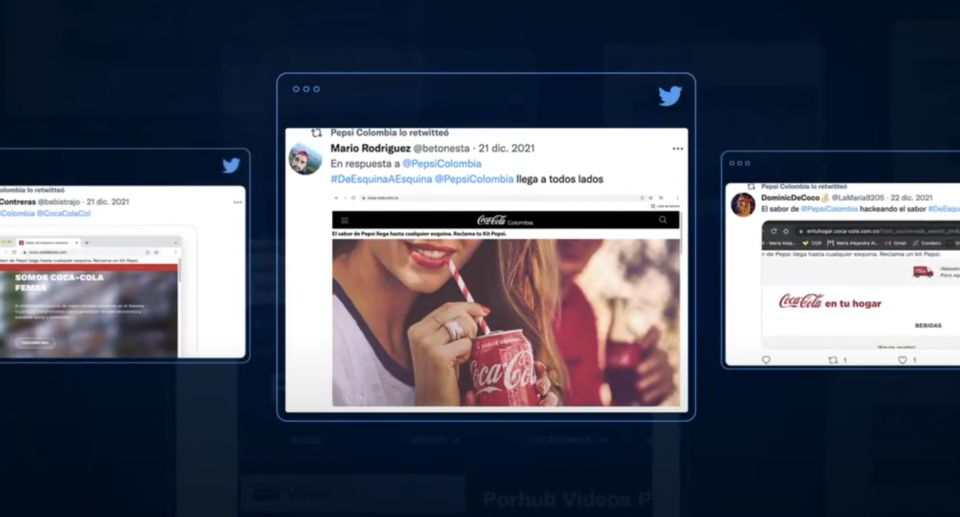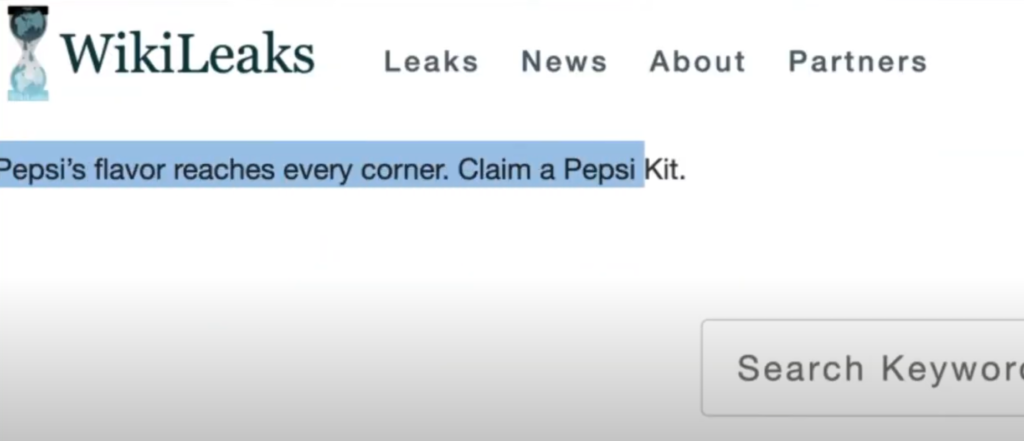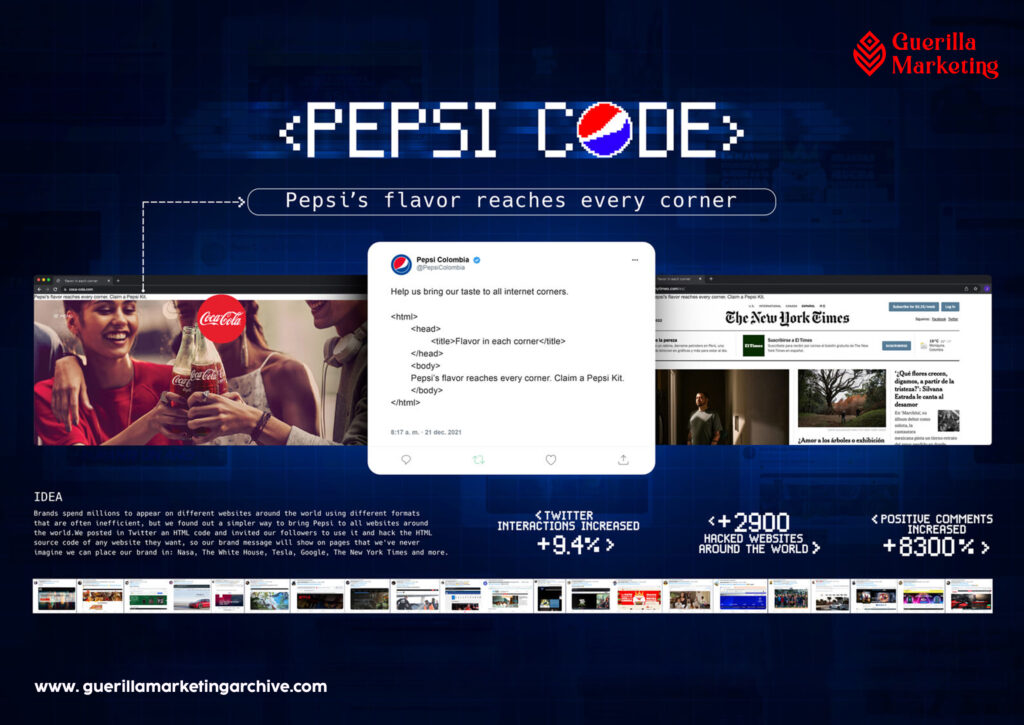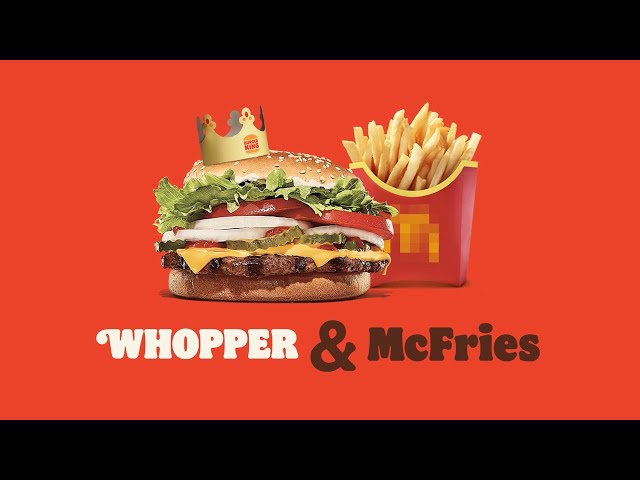


In this innovative campaign, Pepsi turned its Twitter followers into “hackers” with Pepsi Code. By distributing an HTML code to thousands of followers. These followers then placed Pepsi’s message on unreachable websites, including the Nasa, White House, New York Times, Tesla, Google homepage, Apple, Starbucks, Nike, KFC, Sony, Chevrolet, and even the Coca-Cola website.
In 2022, a campaign called “Pepsi Code” by Sancho BBDO, a Colombian advertising agency working for Pepsi Colombia, went viral. The campaign offered a simple HTML code to users on Twitter. The concept was that users could copy and paste this code to “hack” any website and display a Pepsi message at the top.
The code didn’t actually hack websites. It was a clever use of browser developer tools, allowing users to temporarily alter how their own browser displayed a webpage. This would only be visible to the user who pasted the code, not everyone visiting the website.
Increase brand interaction on social media, particularly Twitter.
Generate buzz and positive brand association.




The “hacking” concept was a catchy way to engage users. People enjoyed “hacking” their favorite websites with the Pepsi message, leading to a significant increase in Twitter interactions. The campaign garnered positive media attention and boosted brand awareness.
Creative marketing can leverage technology in unexpected ways to engage consumers. Transparency is important – Pepsi never claimed to be hacking websites. User-generated content (people sharing their “hacks”) can significantly amplify a campaign’s reach.


"Buy with Your Time". A simple strategy which can be used in any kind
Mastercard organized a unique sale tied directly to a solar eclipse that hadn’t been
Burger King and McDonald’s are iconic rivals, like Pelé and Maradona in football. But
